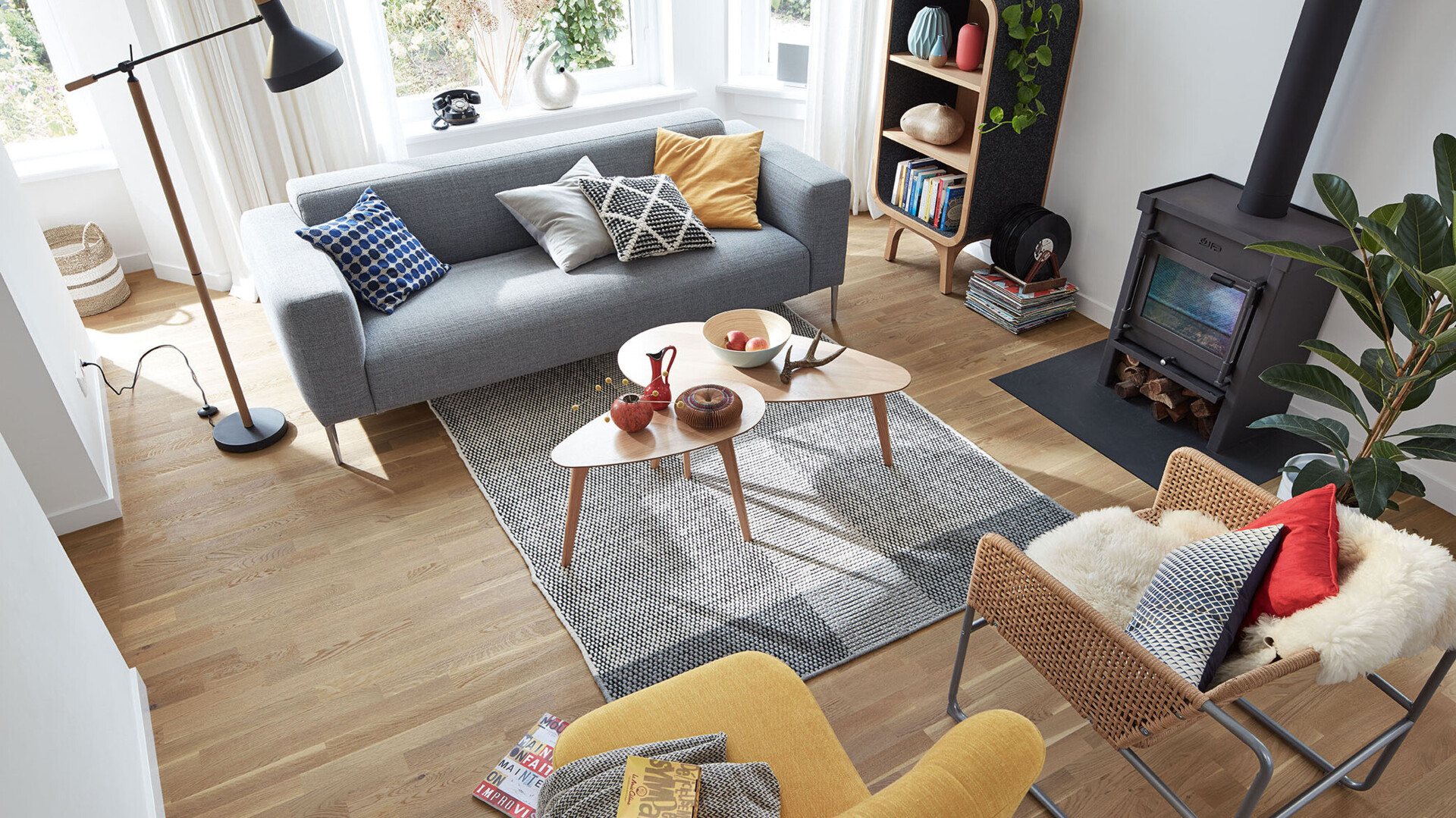
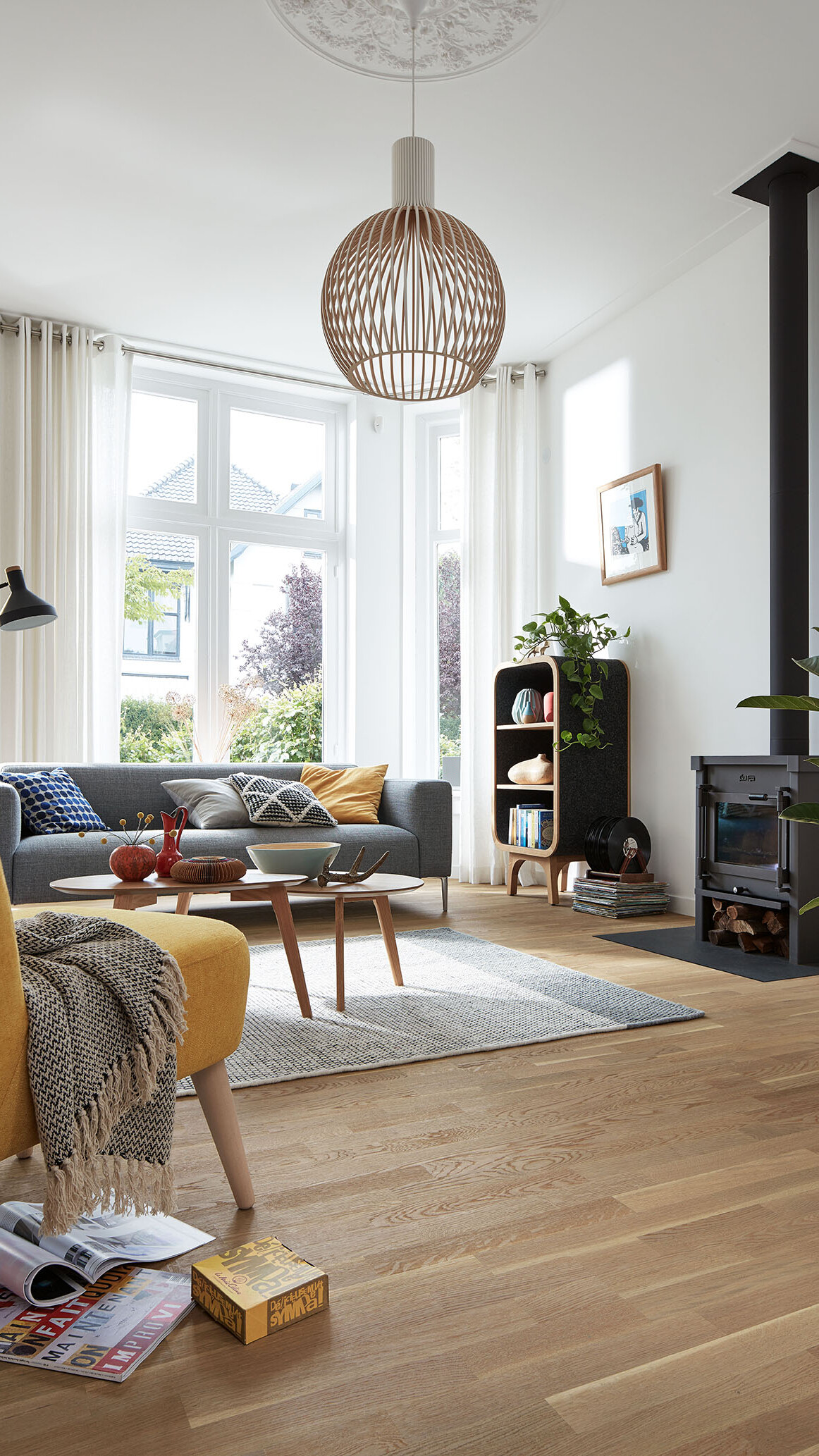

So, you love classic lines and a stylish, cosy ambience? Modern classics are your thing? And you prefer stylish furnishings with lasting design that you will still enjoy many years from now? Then mid-century modern is the aesthetic you should explore.
Mid-century modern is cool, cosy, classic and always contemporary. The aesthetic also has a hint of subtle elegance. Premium materials such as elegant woods, chrome-plated steel, fine leather and velvet, tweed and corduroy fabrics are the perfect companions for classic furniture from Eames, Verner Panton, Eileen Grey and George Nelson, just to name a few of the famous designers who bestowed these magnificent classics upon us.
After all, most of the designs that we consider ultra-modern and cutting edge were in fact created in the mid-20th century, primarily during the 1940s, 50s and 60s. And we love the beautiful furniture and interior accessories that are both timeless and of exceptional quality. They are bold, meticulously designed and harmonious. You simply can’t go wrong with these classic pieces.
If you purchase one of these classics, you’ll not only own a masterpiece; you’ll have a life-long companion. The most beautiful designer pieces enhance every interior and every single room, and when combined with modern furniture, minimalist lighting and even highly modern accessories, they can create a chic, cosy look.
The Second World War was still a recent memory, and people were full of optimism and creative drive. They developed new technologies and discovered new materials. Many architects and sculptors began broadening their horizons during this period, designing not only buildings, but furniture, as well. They often did so because they wanted to create the right furniture for the buildings they had designed. The products were designed to be mass produced, which was a major trend at the time.
Mid-century modern furniture was designed for people, so it is highly ergonomic. It is not garish; it is style-conscious, comfortable and has a hint of modesty about it. Most pieces have organic shapes that adapt to the human form.
However, the fact that the furniture was mass-produced did not necessarily mean that the individual designer pieces were affordable for everyone. Mass production may have simplified certain steps of the production process by using machines to bend steel tubes, work solid wood, or lacquer and chrome-plate products, for instance, but a great deal of manual labour was still required to create each piece of furniture. And even today, classics from Thonet, Classicon and Cassina are still lovingly crafted by hand.
Another step in this new form of furniture production was to be able to ship the products as easily, compactly and cheaply as possible. For example, in 1949, Nils Strinning developed the famous String shelving system made of lightweight metal racks and a range of different shelves. Even today, the individual components are packed into a small package for shipping and only assembled once they reach the spot where the shelf will stand.
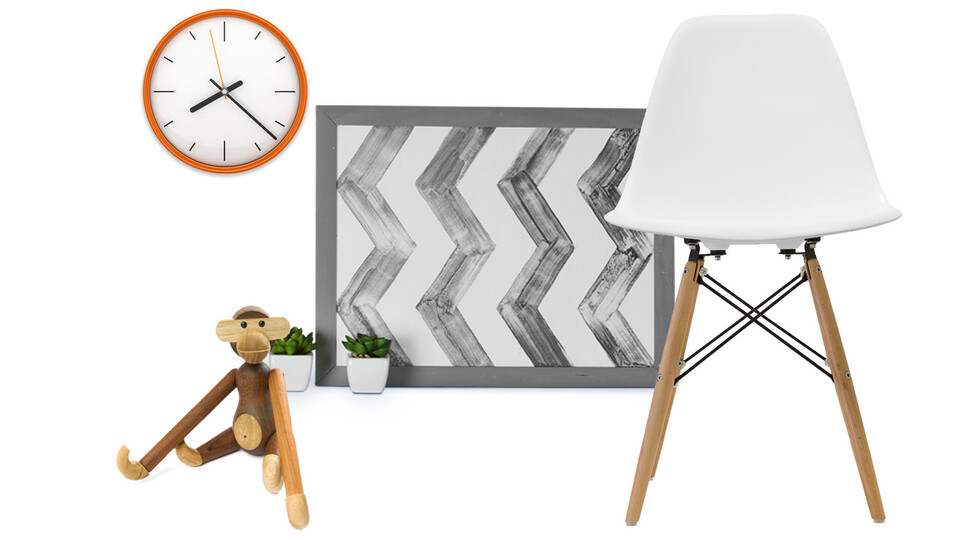
These pieces are beautiful, and they have stood the test of time since the mid-20th century. These mid-century modern designs are always contemporary, and always will be:
Panton Chair from Verner Panton, Egg Chair and Ant Chair from Arne Jacobsen, Barcelona Chair from Mies van der Rohe, Lounge Chair from Charles & Ray Eames, Wooden Monkey from Kai Bojesen, Adjustable Table from Eileen Gray, LC-Series from Le Corbusier, Wagenfeld Table Lamp from Wilhelm Wagenfeld, Wooden Dolls from Alexander Girard, Sunburst Clock from George Nelson, Saarinen Table and Tulip Chair from Eero Saarinen, String Shelf from Nisse Strinning
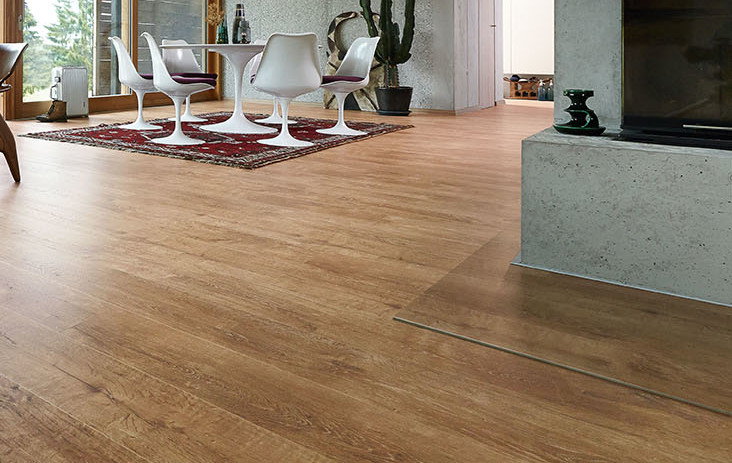
The designs are more than just beautiful; they are also so popular today that some manufacturers are purchasing old patents and producing new editions of these pieces. The Randaccio mirror, designed by Gio Ponti, is a good example; it is now being manufactured by Gubi.
Mid-century modern classics are also a very good investment. Today, collectors are increasingly buying mid-century modern models instead of art or antiques. For example, a Jean Prouvé table recently sold at auction for 1.29 million euros. And at a Phillips auction, the ‘Goodyear Table’ from Isamu Noguchi went to a new owner for 4.45 million dollars.
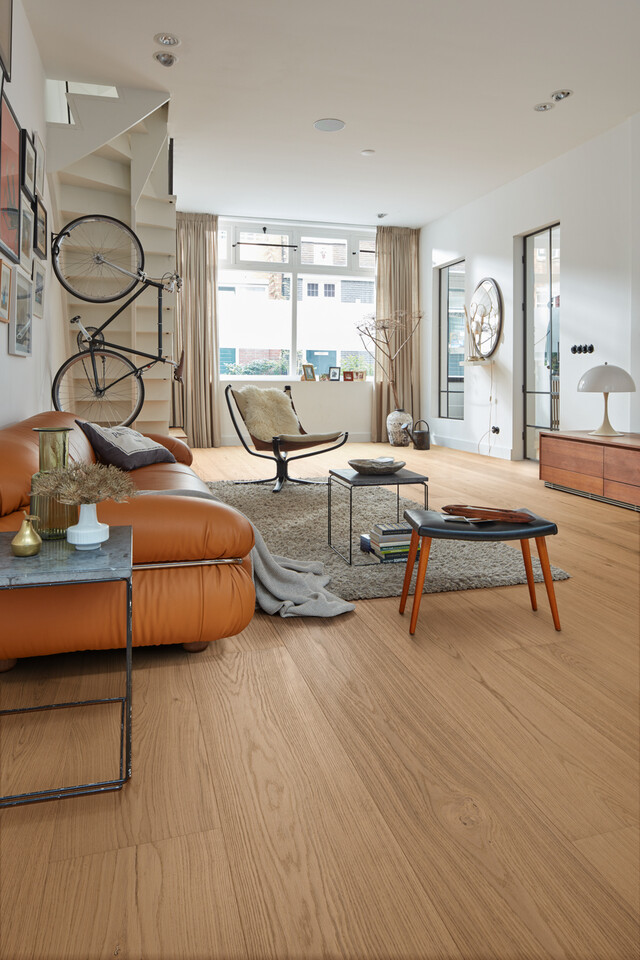
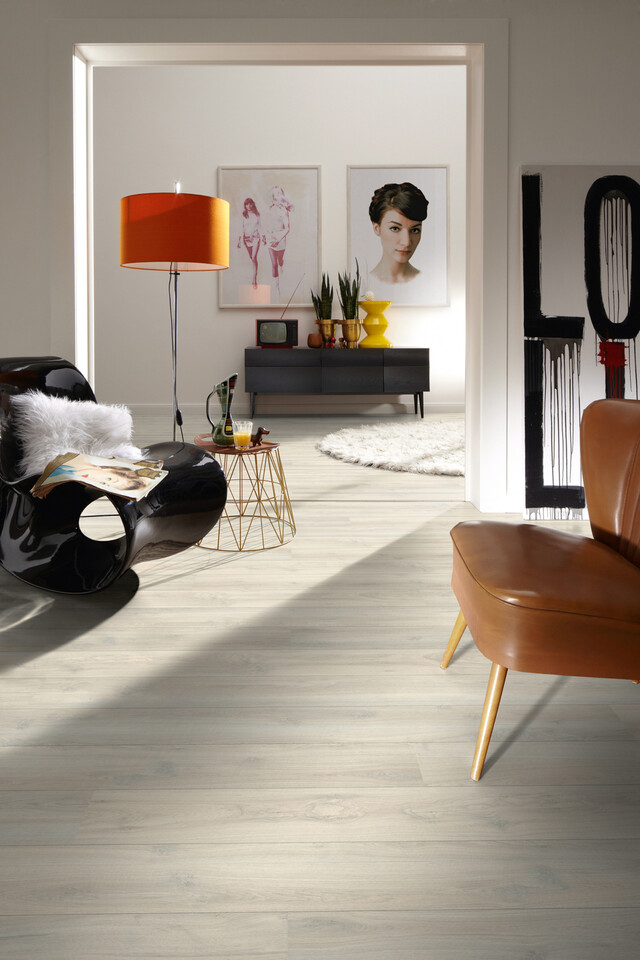
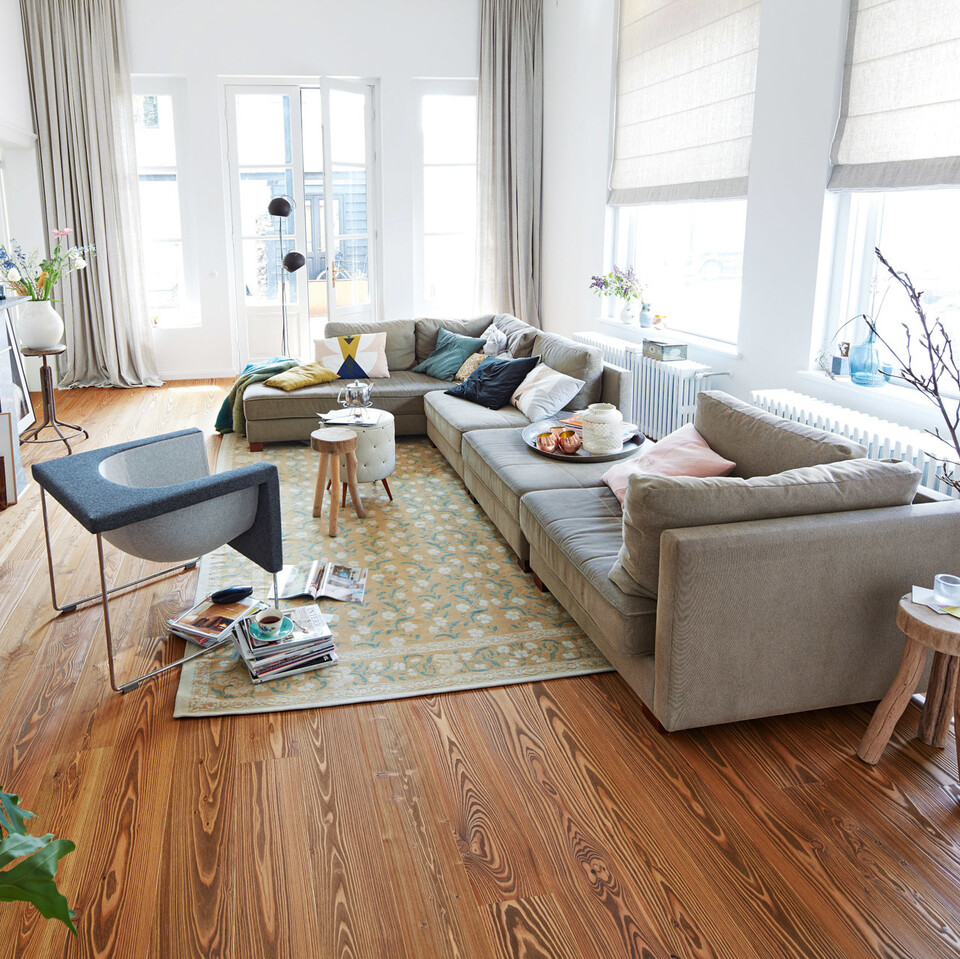
Those who have discovered their passion for mid-century modern naturally enjoy living in a home surrounded by that style. These beautiful, harmonious furniture items and accessories from the middle of the last century are a perfect fit for a variety of different interior design concepts. And the wonderful thing about this look is that it is modern with a hint of elegance, and it is always ‘in’. The furniture and accessories from the mid-century are true style all-rounders that can stand alone or blend seamlessly into existing furnishings. They make beautiful accents and are an ideal fit for a modern aesthetic.
Just a few furniture classics are enough to create a mid-century modern look: like the lounge chair from Charles and Ray Eames, the side table from Mies van der Rohe and the AJ floor lamp from Arne Jacobsen. Old flea market finds from this era can also be combined with elegant classics to lend the look a personal touch.
Mid-century modern-style interiors tend to feature light, warm colours such as beige, brown, terra cotta and natural hues. A velvety dark green or shades of grey can also make excellent accent colours, however. Fabrics with pale prints combined with plain velvets are also a good fit for this aesthetic. Today, many manufacturers offer real retro fabrics in the mid-century modern style. For the flooring, classic, timeless parquet flooring made of warm woods like American walnut or honey-coloured oak is the way to go. Laying the flooring in a herringbone or square pattern is also particularly authentic – it’s exactly how they did things in the mid-century era.
A cow skin casually draped on the parquet flooring under the dining table or in the living room is an excellent and eye-catching accessory for this look. Parquet flooring isn’t an absolute must, however. If renovation requires flooring with a particularly low installation height in order to avoid sanding down doors and door frames, premium design flooring can be laid to create the perfect aesthetic without parquet. Design flooring like Catega Flex, with a 5 mm material thickness, is ideal for laying on existing floors.